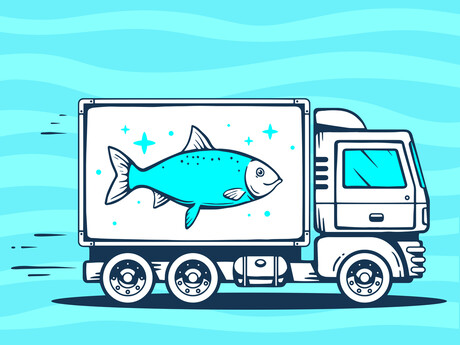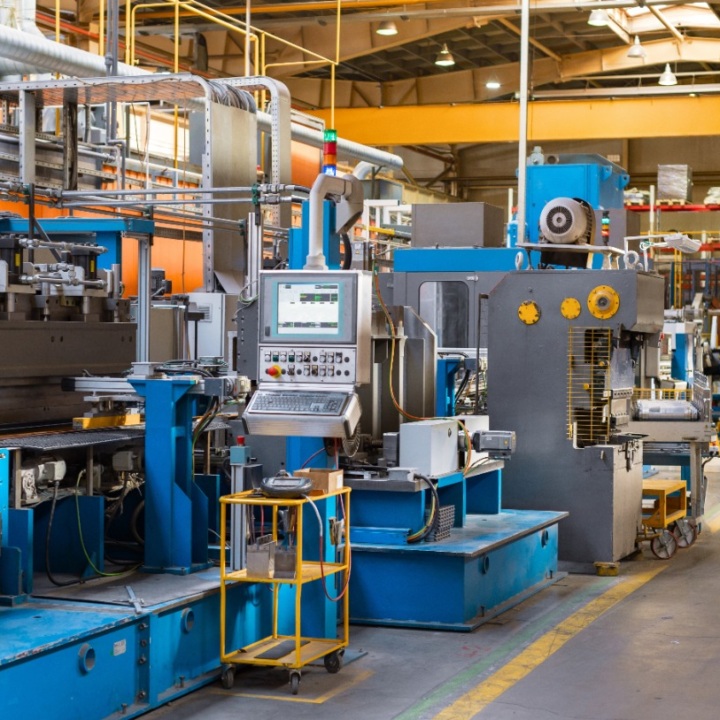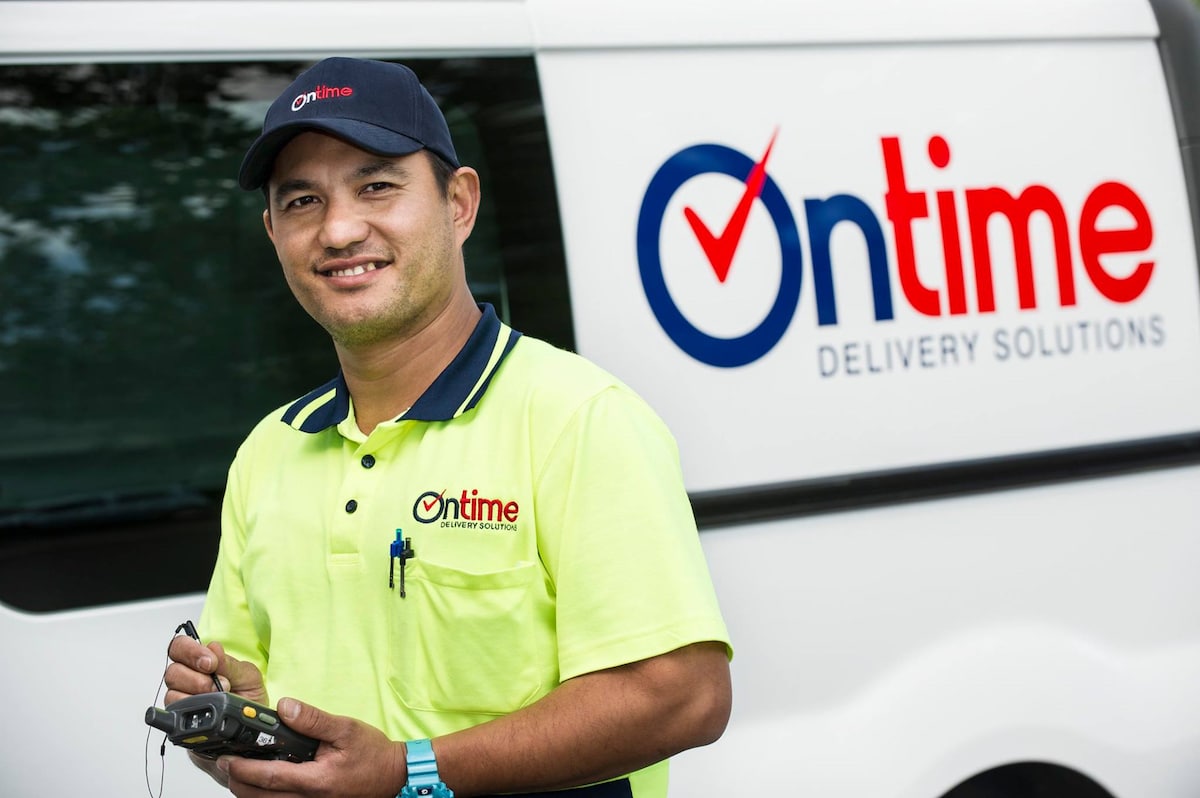How manufacturers can expose hidden costs in transport & logistics and find greater efficiency
Reliable delivery transport is like the central nervous system connecting Australian manufacturers with their…

Temperature-sensitive items must arrive on time, intact and uncompromised. Aside from the obvious health and safety implications, it’s critical there is no compromise on the quality of the refrigerated products.
There’s much we can do to optimise delivery transport fleets, but an unpredictable element always remains. Things can and do go wrong: drivers may be absent; vehicles might break down. Or things go right: suddenly you have more demand for your product and need to add more resources quickly.
A successful last mile fleet is a flexible fleet. It adapts quickly, with access to additional resources at short notice. This can be a challenge for food manufacturers who manage their own fleet. Consider the additional complexities at play when a refrigerated vehicle breaks down — are there other vehicles available? Can other people step in quickly?
There also need to be contingency plans for when refrigerated vehicles are getting serviced, as refrigerated vehicles can be prone to regular maintenance and upkeep.
Sourcing the right specialists is a challenge — refrigerated transport is populated by either smaller operators or huge trucking groups, with little in between. Yet partnering with the right refrigerated transport suppliers brings many long-lasting benefits, including greater flexibility if done properly.
The higher costs of refrigerated transport mean an optimised fleet can enhance your reliability and profitability.
Optimised fleets also enhance compliance and safety. The longer the delivery window, the greater the risk of temperature drift and spoilage. Congestion, detours and delays only add to the complexity.
Use route optimisation software that accounts for traffic, time windows, vehicle constraints and refrigeration priority. Last mile efficiency benefits may seem small day-to-day, but over the months and years they compound significantly.
Compliance with food hygiene regulations adds another layer of complexity — often drivers don’t just deliver cold food products, they might also be responsible for removing yesterday’s stock.
Poor handling at the point of delivery, such as poor hygiene practices, leaving doors open too long and being lax with packaging, can undo everything that came before.
Drivers need to be trained in safe vehicle operation, and in product-specific cold-chain handling.
It’s important not to let standards slip on issues like maintaining the correct temperature range. Food is often chilled at zero to 5°C, or frozen at -18°C, and a slight deviation can spoil food and breach compliance standards.
Remote monitoring systems and IoT temperature sensors can be employed for real-time data, with automated alerts for temperature variation. Vehicles with quick-recovery refrigeration units may also help for stabilising temperature faster after doors are opened during multiple deliveries.
The correct packaging and load management also plays a big role — an overloaded vehicle might compromise temperature. Fleet maintenance is critical. In addition, training and communication across the fleet strengthens any weak links.
It’s important to have the correct accreditation with state regulators — for example, PrimeSafe in Victoria — to ensure drivers meet their legal requirements.
It’s best practice to track, measure and benchmark performance for your delivery fleet. Even better — bring your customers into the loop, and be open with them, so they can see how you are performing.
Find the key benchmarks that have the most impact for you and your customers. There are a million things we can track with technology, but often focusing on just a few key metrics has a higher impact.
From pickup to drop-off, we make every step easier.
Become a driver 1300 778 919


